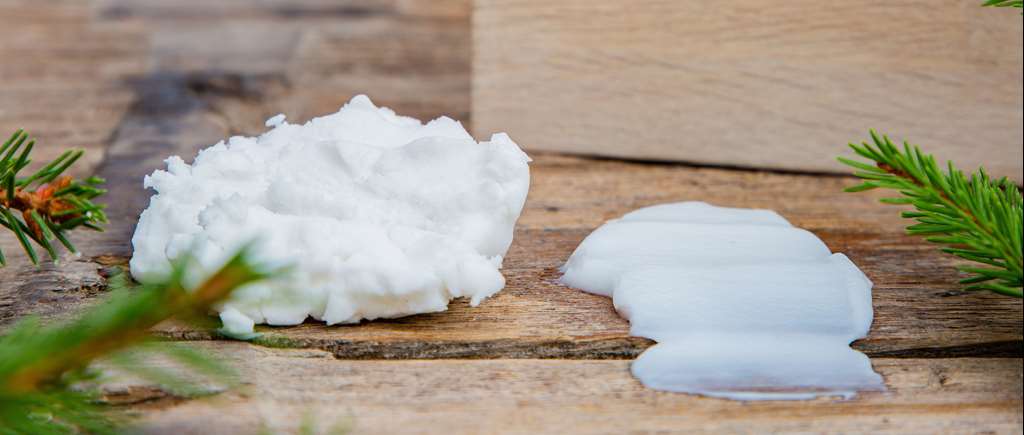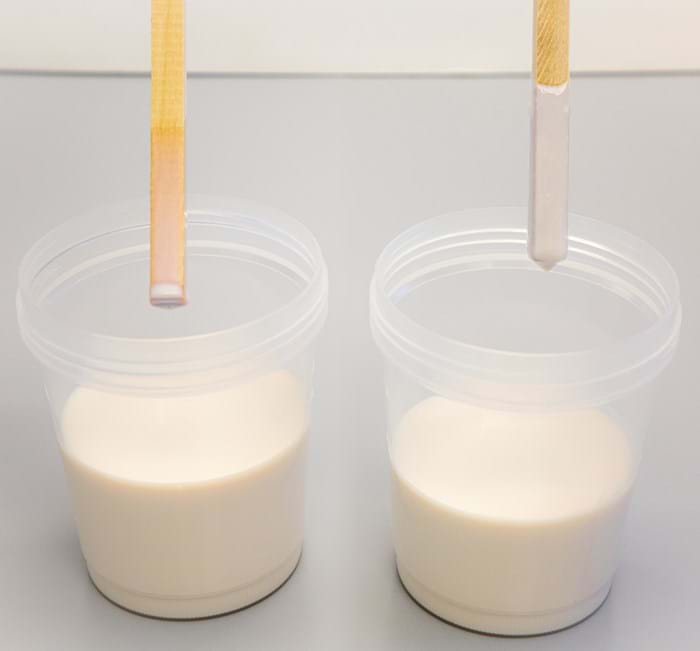
ASI Magazine: Improved Rheological Profile and Stability of 2K Waterborne Polychloroprene Dispersion Adhesives
MFC shows excellent compatibility with high pH (> 12) waterborne polychloroprene dispersion systems. The high shear thinning enables spraying of the product, whereas the high viscosity at rest stabilizes the formulation during storage and transport.
An article written by our own Dr. Otto Soidinsalo was published in the February 2022 issue of the Adhesives & Sealants Industry Magazine.
The article introduction goes:
 "Polychloroprene has a long history in the world of adhesives. It has been the primary choice when fast, high-strength, and permanent bonds are needed in variety of applications, from shoe soles to foam bonding. Historically, polychloroprene adhesives have been solvent borne, but environmental and occupational safety reasons have recently caused a shift toward waterborne polychloroprene adhesives. One of the challenges in waterborne polychloroprene dispersion adhesives has been related to the thickening of these high pH systems, as well as the storage stability.
"Polychloroprene has a long history in the world of adhesives. It has been the primary choice when fast, high-strength, and permanent bonds are needed in variety of applications, from shoe soles to foam bonding. Historically, polychloroprene adhesives have been solvent borne, but environmental and occupational safety reasons have recently caused a shift toward waterborne polychloroprene adhesives. One of the challenges in waterborne polychloroprene dispersion adhesives has been related to the thickening of these high pH systems, as well as the storage stability.
Typical thickeners used for waterborne polychloroprene dispersions include methylcellulose, carboxymethylcellulose, and acrylate thickeners. The purpose of the thickener is to increase the viscosity of the finished adhesive to provide enough sag resistance, as well as to control the level of penetration of the adhesive into the substrate (e.g., in the case of foam bonding). Thickeners are also added in order to prevent the settling of pigments, fillers, or metal oxides such as zinc oxide."
(...)

Figure 1. Dipping test using wooden sticks with neat polychloroprene dispersion on left and with MFC on the right.
You are welcome to read the full article, with background, experimentals and the results here: Improved Rheological Profile and Stability of 2K Waterborne Polychloroprene Dispersion Adhesives | Adhesives & Sealants Industry (adhesivesmag.com)
Feel free to contact us, or Otto Soidinsalo directly through email, if you would like to know more about this topic. Or, go ahead and get a sample of Exilva to use in your formulation:
